ST. MARTINS PRESS  NEW YORK
NEW YORK
STEALING HISTORY . Copyright 2004 by Roger Atwood. All rights reserved. Printed in the United States of America. No part of this book may be used or reproduced in any manner whatsoever without written permission except in the case of brief quotations embodied in critical articles or reviews. For information, address St..Martin s Press, 175 Fifth Avenue, New York, N.Y. 10010.
Frontispiece: The looted Sipn backflap (photograph courtesy of the Museo Tumbas Reales de Sipn)
Atwood, Roger.
Stealing history : tomb raiders, smugglers, and the looting of the ancient world/ Roger Atwood.1st U.S. ed.
p. cm.
Includes bibliographical references (p. 315) and index (p. 323).
ISBN 0-312-32406-5
EAN 978-0312-32406-3
1. Archaeological thefts. 2. Art thefts. 3. Cultural propertyProtection. I. Title.
Chapter 1
LOOKING FOR A TOMB
W E SAT UNDER a tree in the moonlight chewing coca leaves, a heap of shovels and metal poles resting on the ground next to us. We chased down the cocas -weedy taste -with cane liquor known as llonque and talked in whispers so as not to awaken dogs at the adobe farmhouses across these fields on the south coast of Peru, where workers slept after a day harvesting cotton. Waves washing onto the beach a few miles away sounded like a distant sigh. A stones throw in front of us, lying in the moonlight like a huge, slumbering animal, rose the pale burial pyramid built by the Incas five centuries ago which these three men were about to assault.
La coca estdulce, said one. The coca is sweet. They will have luck tonight.
They were huaqueros, a uniquely Peruvian word for a global phenonomenon, professional grave robbers. The leader of the group was known to everyone as Robin, a nickname he took from the Batman comics he liked as a boy and which stuck through his young, successful career digging up the remains of three millennia of history along the cool, arid coast of Peru. Robin did not know if it was luck or natural gift or a combination of the two, but he had developed a knack for finding the gorgeous textiles that ancient Peruvians wove, wore, and took to their graves. He had a sharp instinct for which of the thousands of eroded mud-brick burial pyramids, known as huacas in the indigenous language Quechua, would yield marketable artifacts and which only bones, worthless bits of ceramics, and tattered rags. Dealers and collectors contacted him because he found the good stuff: delicate, exquisitely designed weavings in a galaxy of colors that, centuries ago, were considered beautiful enough to accompany the dead to the underworld and today for the very best ones, could fetch more than a Renoir or a Matisse.
Wearing dark sweatpants and T-shirts, Robin and his buddies talked about strange and beautiful things they had found over the yearsperfectly preserved pots, color-spangled weavings, piles of bones and skulls. Robin told of jars in the shape of animals, a clown, a corncob. Looting a tomb, the three of them once found an Inca weaving that bore a design of a condor with outstretched wings, directly facing the viewer with penetrating, human eyes. But when they picked it up, the weaving was so delicate it fell apart.
They talked about the fickle spirits of the dead that can bring them luck or frustration. The talked of the huaca as a living force with jealousies and resentments, moments of generosity and fits of spite.
If you act greedy, the huaca wont give you anything. You take too much, and it will close up and never give you anything again, said Robin. Sometimes it helps you out, sometimes it wont give you anything. But it warns you. It speaks to you, said his friend Remi, a tall, narrow man with a grave air.
At twenty-three, Robin had been digging up tombs almost every night since his early teens. He earned a little money on the side driving a taxi. He looked a lot like the boxer Oscar De La Hoya and had the body to go with it; looting kept him in great shape, he said.
Were going to walk up the middle of the huaca, start at the top and work our way down. And keep your voice down, Robin whispered to me, as if discussing a military attack. I wore dark clothes, as instructed, and I knew the rules: pictures were allowed but no flash, and if you must talk, whisper. He had had some close calls but was never arrested, and he didnt want to start tonight.
I met Robin through a veteran grave robber named Rigoberto, whom in turn I met through a friend of mine who collected antiquities in Lima. Robin and Rigoberto were neighbors in Pampa Libre, a village of a few hundred people north of Lima where the local economy had been based for generations on the looting of ancient burial grounds in the hills nearby. Those cemeteries, never rich to begin with, were yielding fewer and fewer treasures and so, having exhausted the communitys principal source of revenue, its young men were forced to range further and further afield to meet the demands of their buyers. Carrying knapsacks and cell phones, they took buses up and down the coast and built up contacts with looters in other villages to form digging teams and split the proceeds. The huaqueros of Pampa Libre were known as businesslike, honest, and adaptable to any place and digging environment. Chimbote, Ica, Casma, Nazca, Arequipathey had worked everywhere. Rigoberto, now in his early forties, had developed strange lung ailments that no one could explain and his bones felt weak, so, at the urging of his teenaged son, he had given up grave robbing. He was reduced to selling ceramic pots to tourists in the streets of Lima.
Robin, on the other hand, was still strong and enthusiastic, and he loved his job. I dig whenever I get the chance, he told me. In four years in Peru, I couldnt remember meeting anyone so happy about his work. It took some persuading, but he agreed to let me come along with him and his buddies that evening.
To tell others about how the antiquities trade works at its source, you first have to see grave robbers in action. You must look deeply and unflinchingly down their holes, watch the violent and nauseating act of the living evicting the dead from their graves. You have to become a witness to a crime, and you have to risk arrest.
Robin and I met that day on Jirn Leticia, a street in the center of Lima with a reputation for muggings and assaults. I walked past grimy mechanic shops, street vendors selling stolen radios and mirrors, taxis pushed up against the sidewalk with their hoods open, a man with his head in the engine and another on his back underneath. Robin stood on the corner waiting for me, a knapsack over his shoulders.


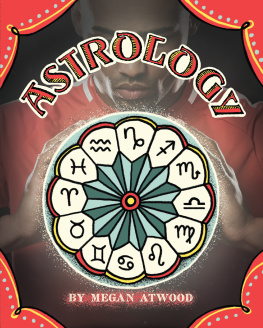
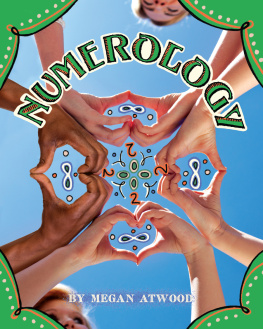
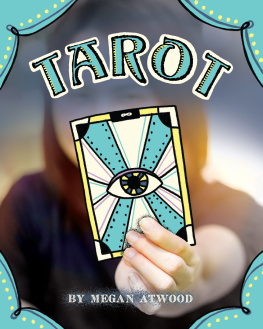
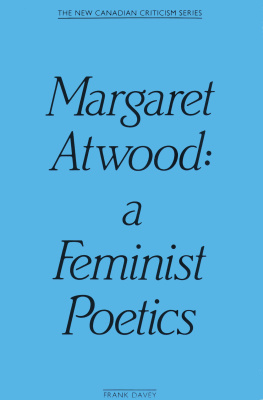
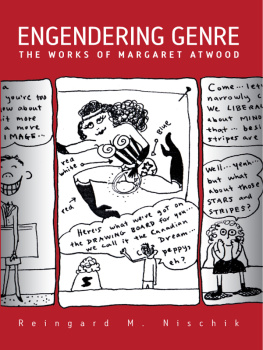
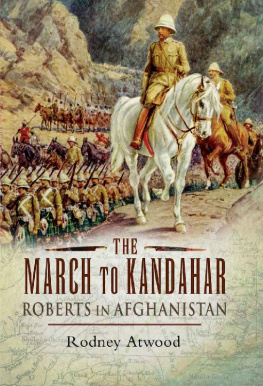

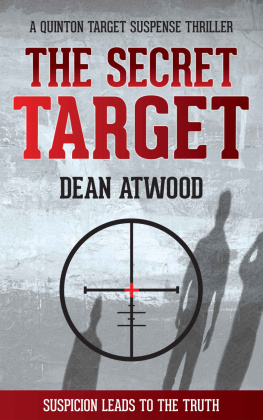
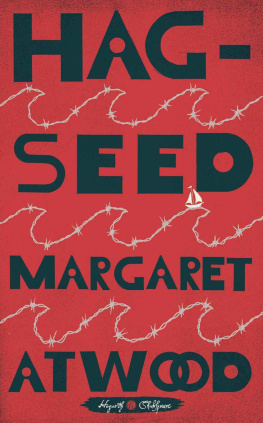
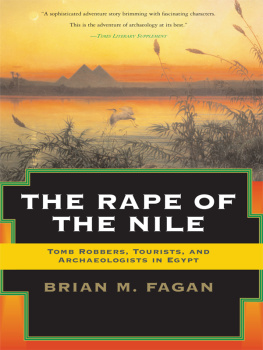

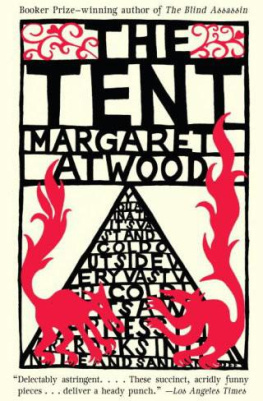
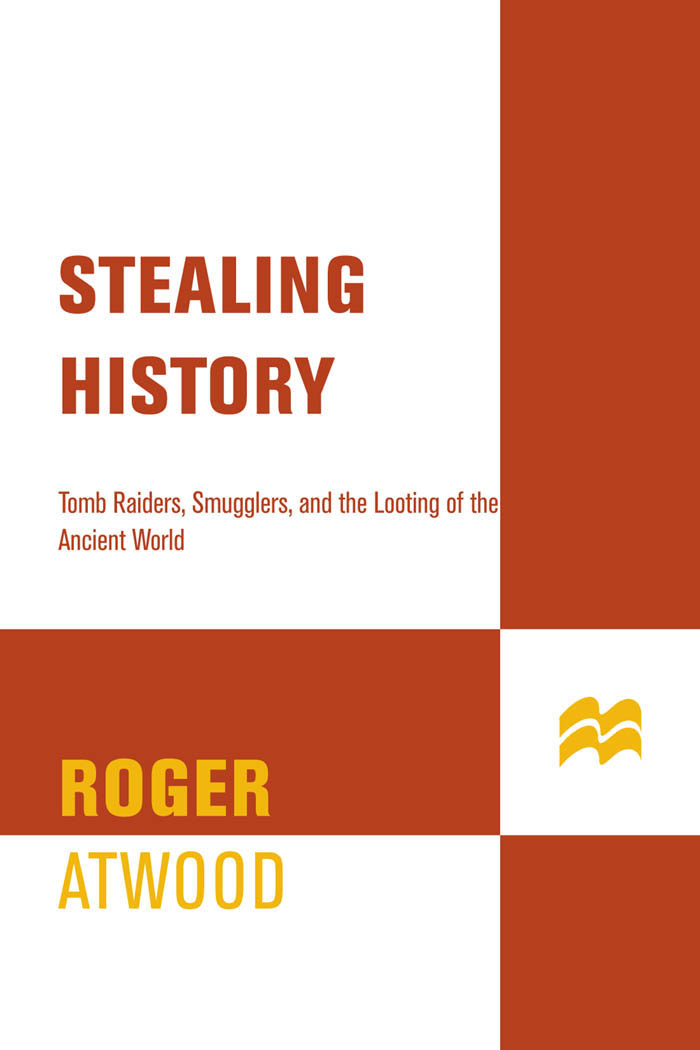

 NEW YORK
NEW YORK
